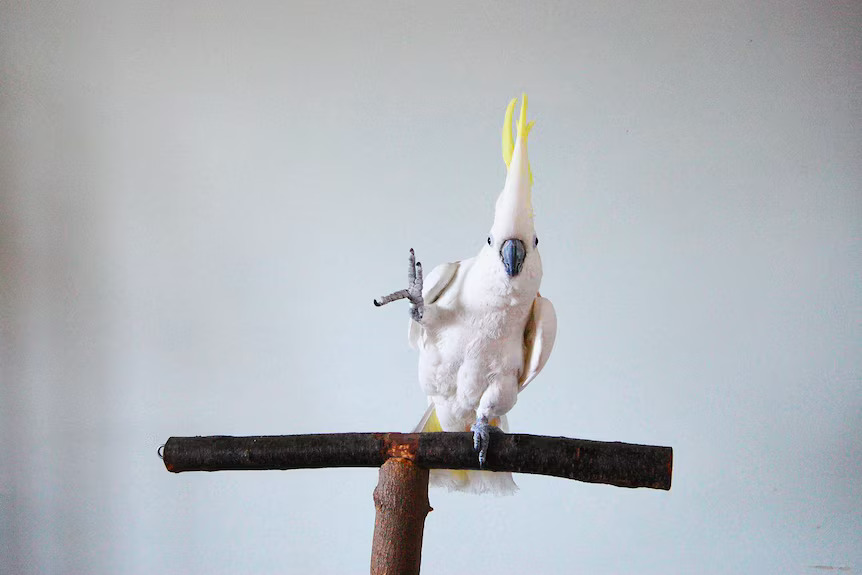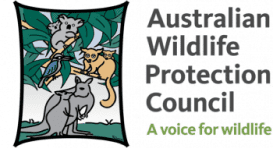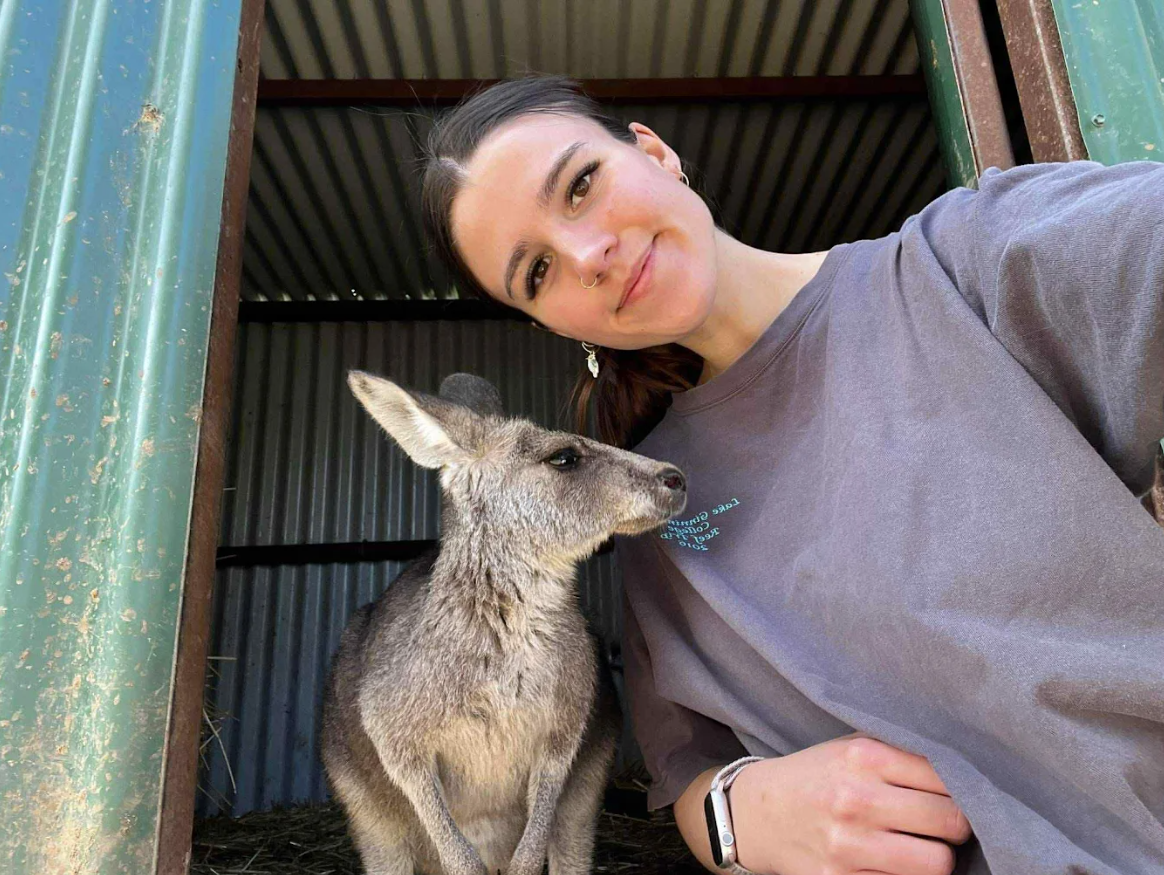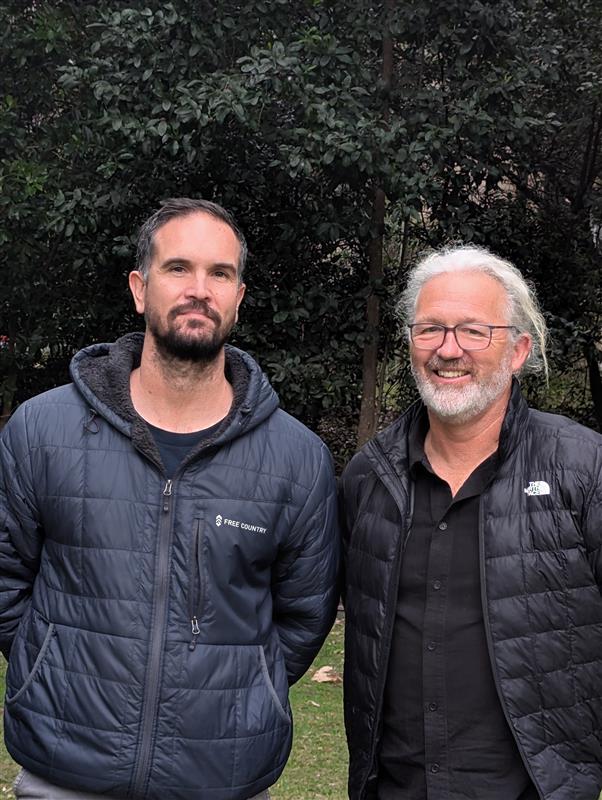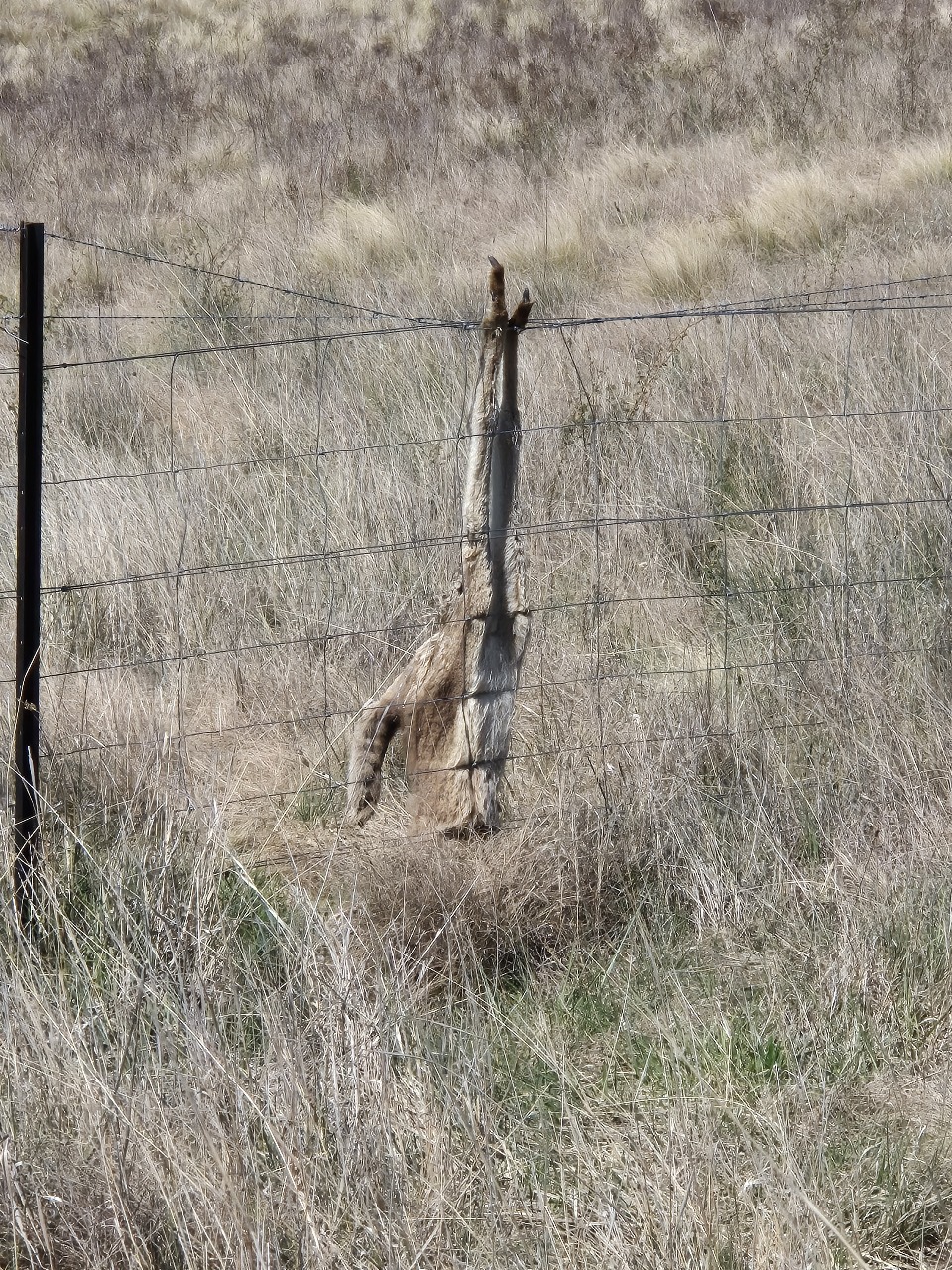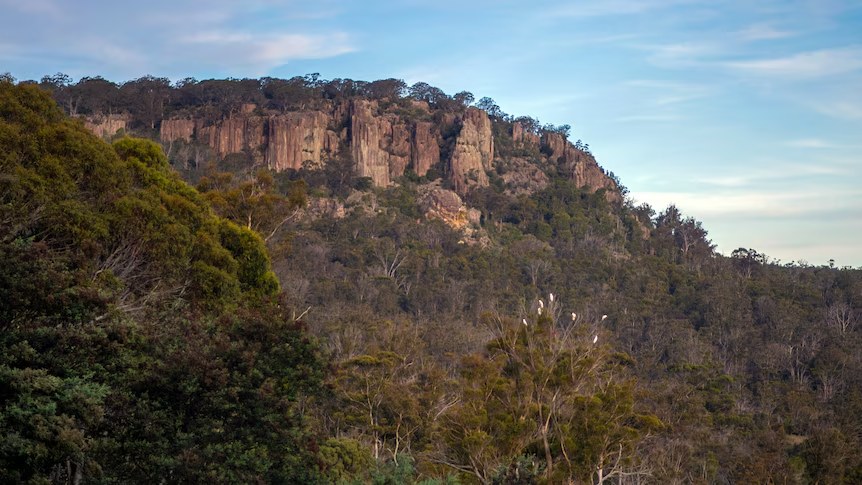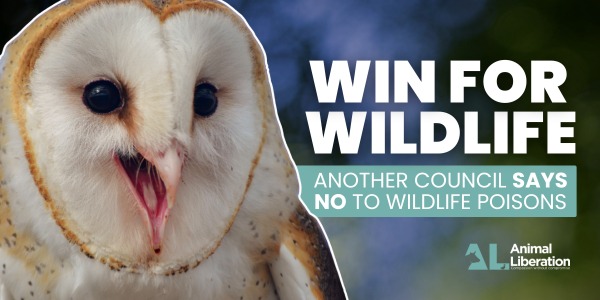Share this page EVERY WEEK IS A GOOD WEEK TO LEARN FROM OUR FIRST NATIONS We meet ‘Back to Country’ A top AWPC focus today and going forward is to campaign for respectful co-existence with ALL Australian native animals and Australia nature. To re-establish respect that comes with compassion and some basic ecological understanding, and relegate to the dustbin of history today’s lethal ideas and modes of wildlife ‘management’ with traceable roots in colonial thinking.Recent political news spotlights again how close we are to those colonial roots. Not so long ago the Victorian government was shooting koalas out of trees as a ‘management’ solution. We then heard that the NSW Labor government, (for the numbers to pass some legislation limiting workers compensation!) proposed to support a Shooters, Fishers and Farmers Party bill that would enshrine recreational hunting across public lands, plus reinstitute bounties for wild animals.History has dark reminder of the massacres of Australian native animals using bounties. Marsupials – particularly kangaroo species, dingos, emus, were extensively slaughtered with bounties to suit colonial farming takeover of Country. Are we stuck in 19th century colonial land management methods? Looking for a mutually healthier relationship with Australian nature, we can learn much from the worldviews and Country-care philosophies of Australia’s First Nations – that go well beyond the popular topic of learning indigenous techniques for cool patch burning. Back to Country’s Peter Hewitt (L) with Anthony McKnight, both educators at the University of Wollongong. Timeless understanding of these Australians To end the industrial-scale slaughter of kangaroos in Australia, the world’s biggest land-based wildlife killing with a related trade in kangaroo body parts – that many Australians accept as normal behaviour – a change of frame is essential. A positive change is to respect kangaroos as fellow communities, family groups and individuals with beneficial agency in ecosystems and equal right to be here. For some indigenous communities kangaroos are a sacred totem/family relative or ancestor. All Australian native animals, also for trees and plants, for rivers and other natural landforms parallel stories of respect and co-dependence are told in Aboriginal stories.A door, which has been open for thousands of years, was given focus by Yuin Elder Max Dulumunmun Harrison, who is now in the dreaming, aimed to restore respect and mainstream Australia’s understanding of the kangaroo: an animal that the dominant post-colonial culture treats as a ‘pest’ or a product. In 2021 Uncle Max, working with kangaroo advocacy groups to educate the public here and abroad, published ‘The Yuin Declaration for Kangaroos’ explaining how kangaroos have helped create (and still do) the Australian land we inhabit, their family nature, and their kinship with his people, also the ‘iconic’ status of the kangaroo in the European culture that nevertheless disrespects and persecutes them. He wrote: “The kangaroo has inhabited the Australian continent for over 20 million years, living in peace and ecological harmony. The kangaroo co-exists today as they have for millenniums, in balance with the flora fauna and livings being of this land. This ancient iconic native animal, therefore claims sovereign rights above and beyond any human claims of dominion over them.“Kangaroos are intelligent, sentient beings, living in family groups and have their own songlines, language, culture and dreaming. As they traverse their own dreaming tracks they continue to activate the earths songlines for the survival of all living things.“We declare that there exists a living ancestral relationship, uniquely bound between indigenous Australians and kangaroos, which shall be preserved historically, spiritually, culturally and environmentally for all times.“Kangaroos have been acknowledged as the symbol for colonised Australia since 1773. They are observed on the Coat of Arms, and have become the central national icon. The kangaroos abounding power, and soft majestic movement, and gentle elegance has given this landscape its unique character.”https://www.kangaroosalive.org/yuin-declaration Back to Country Uncle Max was instrumental in establishing Back to Country, a not-for-profit organisation. Back to Country is an Indigenous-led initiative that invites our people and Second Nations peoples to give back to Country, and, in doing so, to heal Country and heal themselves. It’s a culturally grounded organisation set up in the way we do cultural work but also through the Western knowledge system to bring those two systems together.To learn more about Back to Country and explore a worldview of respect and mutual responsibility towards the nature around us, AWPC spoke with two educators, Anthony McKnight (Macka) and Peter Hewitt (Pete), from the University of Wollongong (UoW), who served as spokespeople for Back to Country. Anthony McKnight is an Awabakal, Gumaroi, and Yuin cultural man and Associate Professor, working as Curriculum Transformation Lead at the University of Wollongong (UoW). Peter Hewitt is a Jerrinja/Yuin man and Lecturer in Aboriginal Education.Peter Hewitt has been working closely with Kangaroos Alive on their campaigns to stop the international trade in kangaroo skins and continue public education highlighting First Nations values. Here are some of the questions and themes from the chat with AWPC’s Maria Taylor. The answers come from Macca and Pete. Questions or topics in bold. What is the aim of Back to Country? Our culture is all about finding connections – there are many points we can connect to, to reduce the overall influence of the colonial systems that have done all the damage.An example “the hydrology of the land. How do we bring both knowledge systems together to repair what has been (badly) changed? We, First Nations, took care of the land so we didn’t have to do the repair. Farmers hold knowledge now about that landscape so there are ways we can learn from each other.Uncle Max taught us how to interpret and read the text of the land, be guided by Country. Some of the work Back to Country does is invite non-Aboriginal people to see the text of the land. How do you do that? The first stage is teaching people how to look, listen and see. That is a legacy that has been passed down from Grandfather Sun to Uncle Max who is now
